La Lonja de la Seda – The Silk Exchange – is a Unesco World Heritage site and considered one of the most famous civil gothic monuments in Europe. The first stone was laid just as Christopher Columbus landed in the Bahamas and then Cuba…
La Lonja de la Seda – The Silk Exchange – is a Unesco World Heritage site. It is considered one of the most famous civil gothic monuments in Europe. The first stone was laid just as Christopher Columbus landed in the Bahamas and then Cuba…
There are certain buildings in the world that seem to hum with the energy of centuries. You don’t just look at them. You enter them like a conversation, stepping into an unbroken dialogue between past and present. In Valencia, that building is La Lonja de la Seda.
It sits quietly in the old town, just across from the chatter and colour of the Mercado Central. Its pale sandstone walls, weathered by five centuries of Mediterranean sun, seem almost shy at first. There’s no gaudy signage, no flashing lights, no desperate grasp for your attention. The Lonja doesn’t need to call you in. It knows you’ll come.
And you do. Drawn by an intangible pull, a curiosity about the place that has been called one of the most perfect examples of civil Gothic architecture in Europe. You push open the heavy wooden doors, and the noise of the market behind you fades like the ebb of a tide.
The First Impression: A Hall of Stone and Sky
The first thing that strikes you is the height. A hall so vast it swallows sound, its stone vaults arching overhead like the nave of a cathedral. But this is no church. The Sala de Contratación, the Hall of Contracts, was the beating heart of Valencia’s mercantile life in the late 15th and 16th centuries. Here, silk traders and merchants gathered to negotiate deals, sign contracts, and occasionally ruin one another’s fortunes with the stroke of a quill.
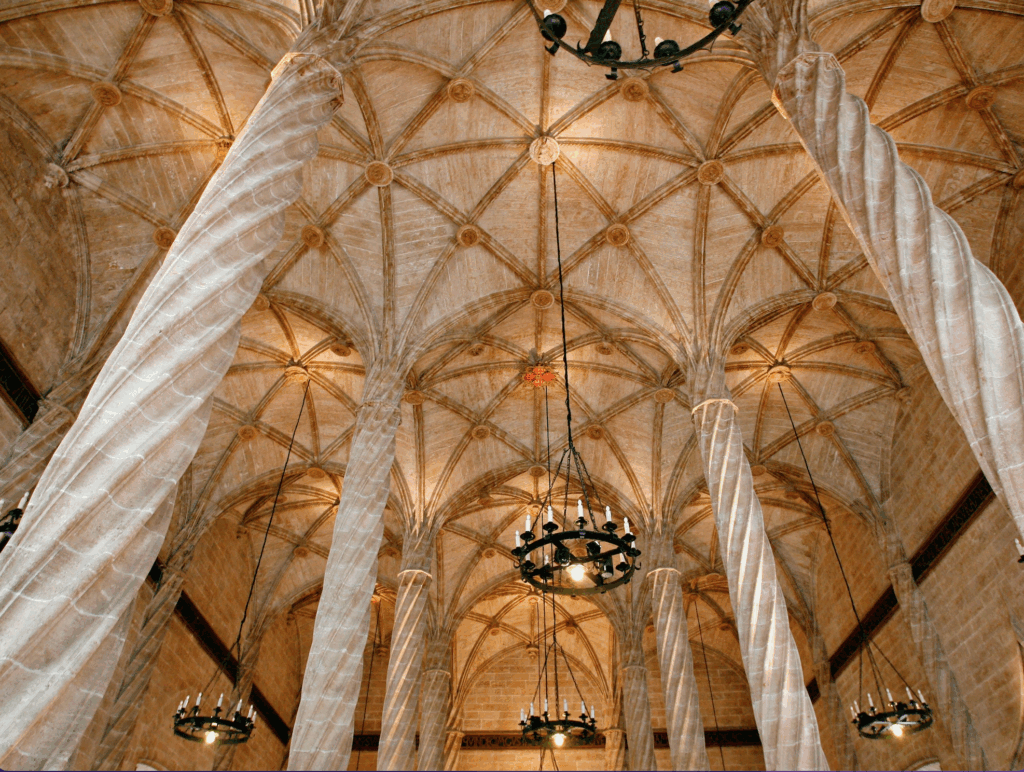
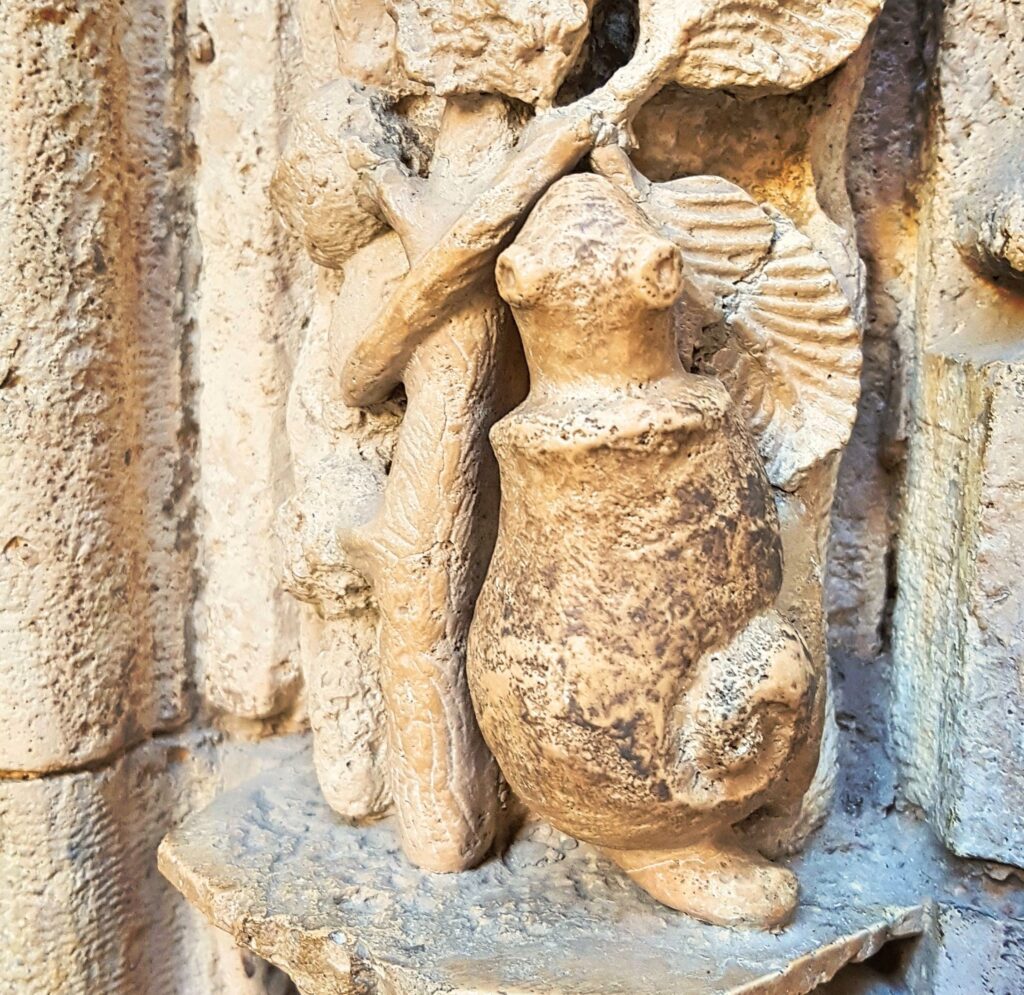
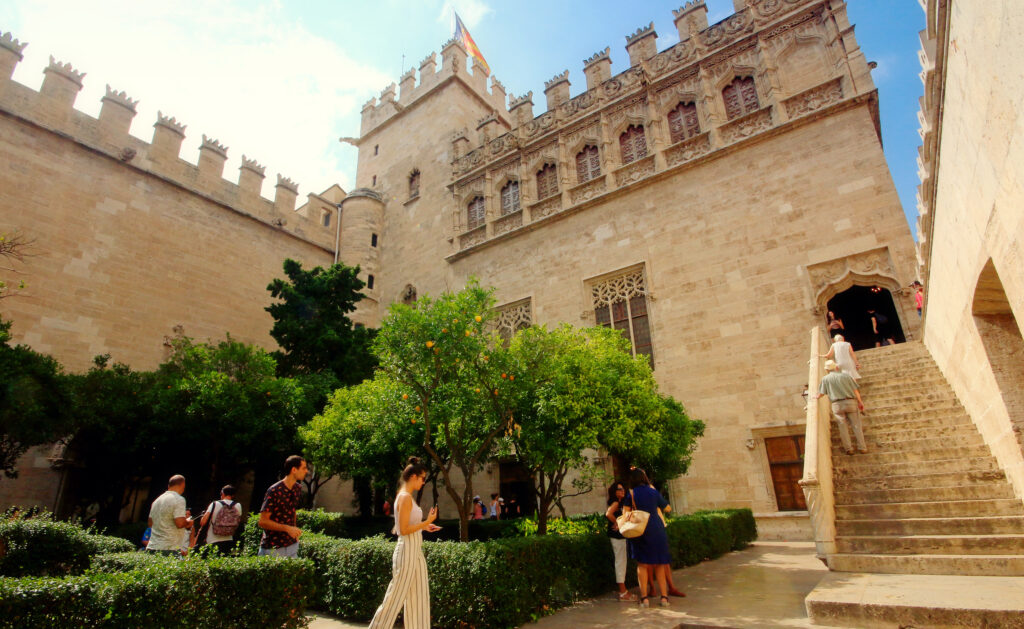
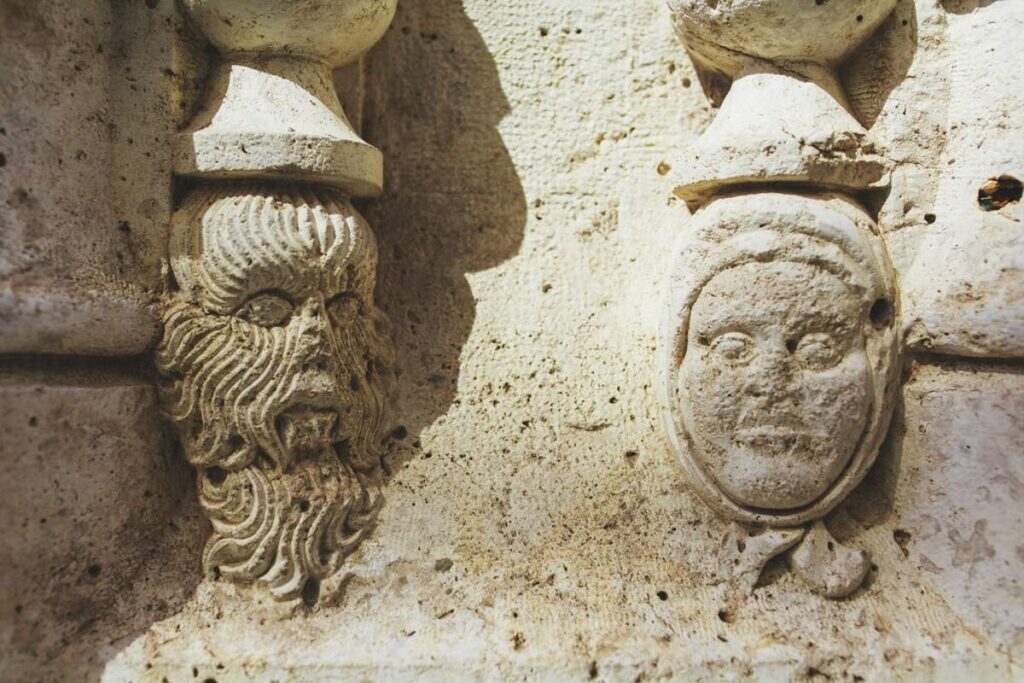
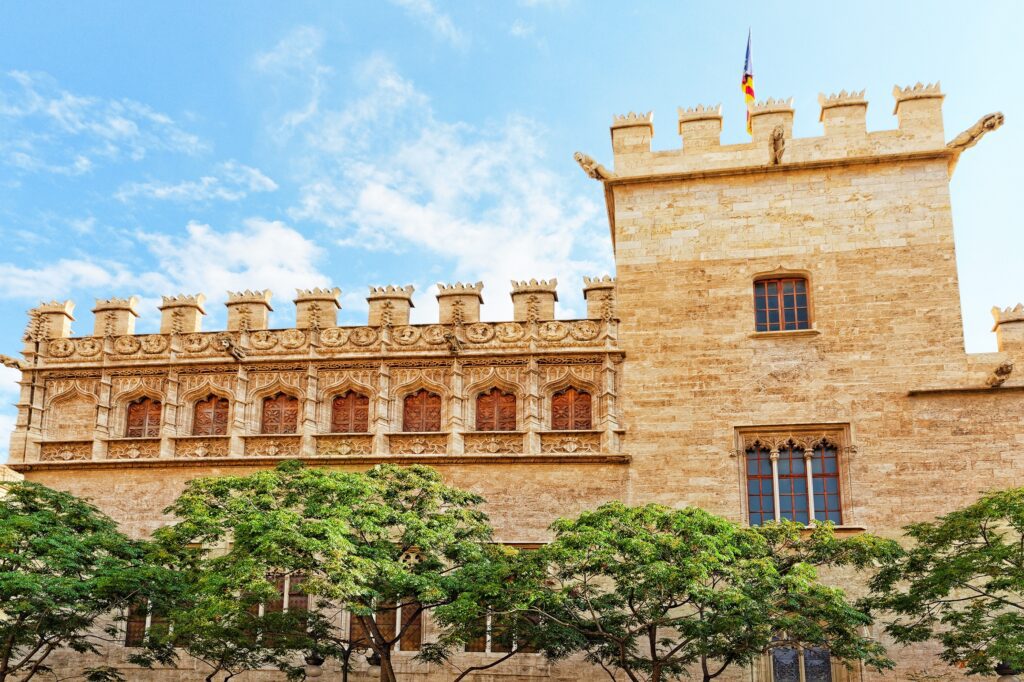
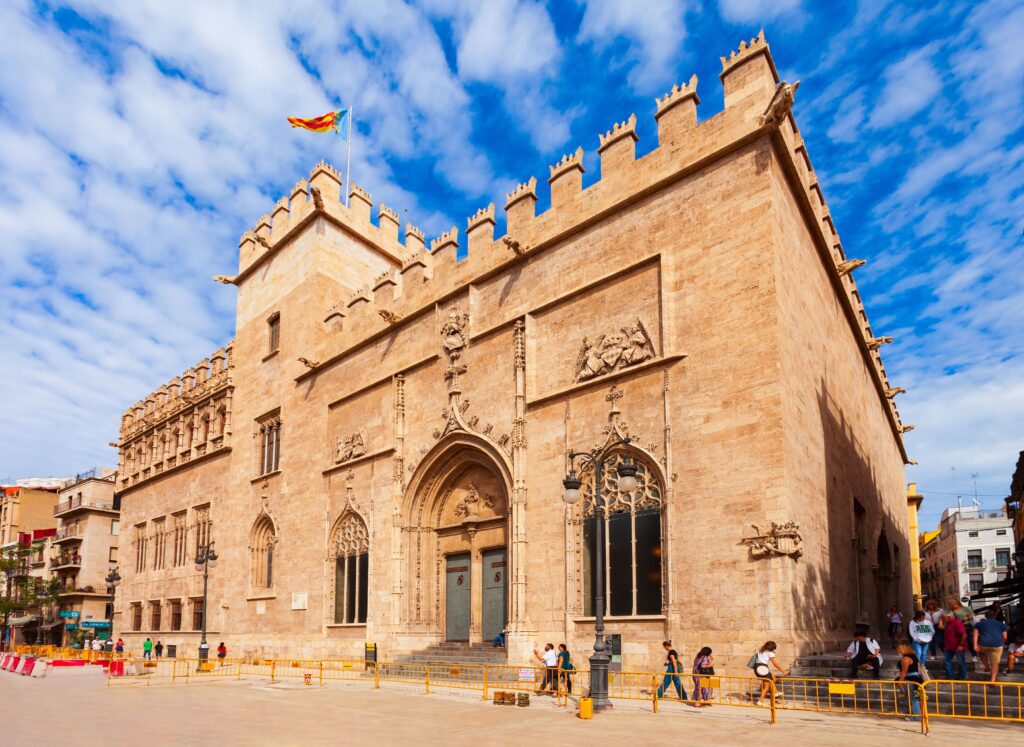
The columns are like no other. Not straight, sober pillars, but great spirals that twist upwards, catching the light from the tall Gothic windows. They recall ropes, ships’ rigging, the winding routes of trade itself. Stand beneath them and you can almost hear the rustle of silk bolts being unfurled, the clink of coins sliding across a wooden table, the murmured haggling in a dozen languages.
The air smells faintly of age — that blend of stone dust and old wood you only find in ancient buildings. The light here is diffuse and forgiving, filtering through slender windows in a way that makes the walls glow.
A Temple to Commerce
It’s tempting, when faced with architecture this grand, to think of kings or bishops. Yet the Lonja was never built for a monarch, nor for the church. This was a temple to trade, erected by a city at the height of its confidence.
By the late 1400s, Valencia was a jewel of the Crown of Aragon. It was one of the busiest ports in the Mediterranean. Ships from North Africa, Italy, and the Levant brought spices, dyes, and exotic goods. In return, Valencia sent out olive oil, ceramics, and above all, silk. Fine Valencian silk was coveted across Europe, draped over noble shoulders and hung in royal chambers.
The Lonja’s very existence is a statement. Trade was the lifeblood of the city, and it deserved a palace of its own. The architect, Pere Compte, designed a building that functioned as both marketplace and monument. Where deals could be struck under the watchful gaze of civic pride carved in stone.
Stone That Speaks
Look closely at the building’s façade, and you realise it is a storyteller. The Gothic tracery and ornate carvings are more than decoration; they are a language of power, morality, and wit. Along the roofline, grotesque gargoyles leer down, each one different. Some are fierce, some comical, and some… well, some are frankly obscene.
These bawdy figures — bent over, grimacing, frozen mid-act — are the kind of detail that reminds you medieval stonemasons were not humourless craftsmen. They knew that life was not all solemnity and piety. Perhaps they enjoyed the idea that, centuries later, visitors would still raise their eyebrows and smirk. And they also served a purpose. To warn of vice, to mock human folly, and, on a practical level, to channel rainwater away from the walls.
To wander around the exterior slowly is to discover an entire miniature world in stone. Grotesques locked in eternal laughter, saints in serene contemplation, spirals of leaves that seem almost to sway in the breeze.
A Civic Cathedral
Step back into the Sala de Contratación and you feel its strange dual nature. It has the scale and solemnity of a cathedral, but it’s devoted entirely to secular life. The merchants who gathered here were not praying for salvation — at least not in the spiritual sense. They prayed for profitable voyages, for ships to return laden with goods, for contracts to be honoured.
The Latin inscription carved along the walls urges honesty in trade. It’s a reminder that, in this sacred hall of commerce, your reputation was as valuable as your coin. Dishonesty could ruin you faster than a storm at sea.
It’s no coincidence that the Consulado del Mar, the maritime tribunal, adjoins the hall. This was where disputes were settled, rules enforced, and maritime law upheld. A disagreement over a shipment of silk could lead from handshake to courtroom in a matter of steps.
The Orange Garden
Through an arched doorway lies the Patio de los Naranjos, a cloistered courtyard shaded by orange trees. In spring, the air here is heady with blossom; in summer, the leaves shimmer in the heat. It’s a place that invites pause — a deliberate contrast to the tense, deal-making atmosphere inside.
For centuries, merchants would step out here to breathe, to talk informally, perhaps to cool tempers after a heated negotiation. The gentle splash of a fountain, the sweet scent of fruit… These were part of the architecture too, just as essential to the life of the building as its soaring columns.
A City at Its Zenith
The Lonja was completed in 1548, after decades of work, during what many historians call Valencia’s Golden Age. This was a city wealthy not from conquest, but from connection. It thrived on the flow of goods, ideas, and cultures across the sea. Its markets were cosmopolitan, its streets a polyglot of accents.
The wealth generated here funded not only fine architecture but also art, literature, and public works. The Lonja stood — and still stands — as a visible reminder of that prosperity, a civic emblem carved in stone.
Even as Spain’s political power began to shift in the 17th century, and global trade routes altered with the rise of Atlantic empires, the Lonja remained a hub of local commerce. By then, silk was no longer just a luxury export; it was woven into the very identity of Valencia.
Surviving the Centuries
Buildings like this are rarely spared the upheavals of history. Yet the Lonja has endured. Through war, political change, and even the Spanish Civil War, when much of the old city suffered bombing. Its survival is as much a testament to luck as to the respect it commands.
In 1996, UNESCO declared it a World Heritage Site, recognising not only its architectural beauty. But also its role as a rare example of a secular Gothic monument built purely for civic purposes.
Today, it remains remarkably intact. The restoration work over the years has been careful and light-handed. There’s a sense that the building’s scars are part of its dignity. The worn steps, the faint depressions in the flagstones where thousands of feet have passed, the weather-softened gargoyles. These are not blemishes, but the marks of life lived fully.
A Living Monument
While the Lonja no longer functions as a trading hall, it has not become a fossil. It hosts exhibitions, art shows, and cultural events. Ppening its vast spaces to the public in ways that feel true to its spirit. On certain days, sunlight floods the hall. The spiral columns cast shadows like twisting vines on the floor — a fleeting reminder of the building’s dialogue with time.
Visitors linger here not just for the architecture, but for the feeling it imparts. There’s something grounding about being in a place where human ambition, artistry, and practicality met so perfectly. You can almost sense the presence of those long-gone merchants. Not as ghosts, but as echoes of the same human drive to connect, to create, to thrive.
The Experience of Standing There
To stand in the Lonja is to feel small in the best possible way. The architecture lifts your eyes, your thoughts, perhaps even your mood. It is both grand and human-scaled, intricate and monumental. The stone has a warmth to it, a reminder that it was quarried, carved, and set in place by human hands five centuries ago.
Outside, the market still bustles, and the smell of oranges, spices, and roasted coffee drifts across the square. Inside, the air is cooler, calmer — a stone sanctuary where the clamor of trade once roared. It’s easy to imagine the city in its mercantile prime. The port full of masts, the streets lined with shops spilling silk in jewel-like colours.
Why You Should Go
Many visitors to Valencia are drawn first to its beaches, its futuristic City of Arts and Sciences, its paella. But to truly know the city, you need to walk into the Lonja de la Seda. This is the Valencia that built itself through commerce. That welcomed, and thrived on, cultural exchange. That celebrated human skill and wit — even in the form of cheeky gargoyles.
It is a place where you can see, in stone, the story of a city at its zenith. Confident, outward-looking, and unafraid to invest in beauty for its own sake. And it’s a reminder that commerce, too, can leave behind something enduring and noble. A hall where stone still breathes history.
• La Lonja de la Seda, Carre de la Llotja, 2, Ciutat Vella, 46001 València; Monday, Tuesday, Wednesday, Thursday, Friday, Saturday: 10:00 to 19:00, Sunday, Public holidays: 10:00 to 14:00; admission – €2 or €1 for groups, students, pensioners, large families; free entry on Sundays and public holidays